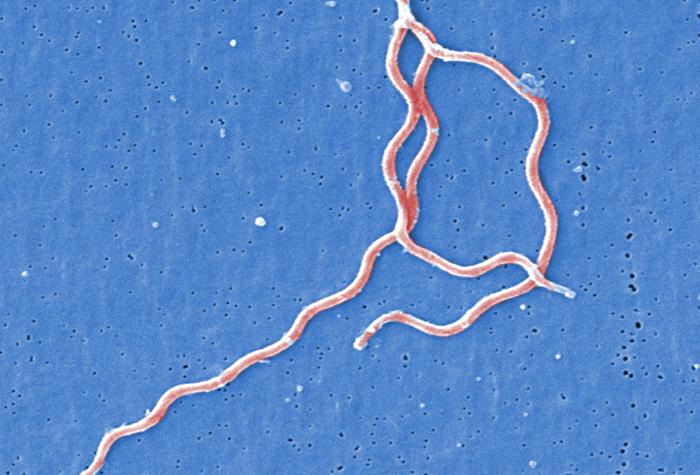Ceres Nanosciences, Inc. (Ceres) announced Tuesday the publication of a three year 300-person clinical study in the Journal of Translational Medicine. The study, titled: “Application of Nanotrap technology for high sensitivity measurement of urinary outer surface protein A carboxyl‐terminus domain in early stage Lyme borreliosis” documents the development and data behind Ceres’ groundbreaking test for Lyme disease. The clinical study was led by George Mason University in partnership with four patient clinics in northern VA and MD. The test is the first highly-sensitive urine based test capable of directly detecting the Lyme protein antigen in a patient at any stage of infection. It is now available across the United States for physician offices to order for their patients.

Additionally, to accelerate the expansion of Ceres’ Lyme test program, Ceres has been awarded funding from the Virginia Biosciences Health Research Corporation (VBHRC) to adapt the test to a new format for FDA approval and to incorporate additional testing capabilities for other tick-borne diseases.
Ceres, a biotechnology company located in northern Virginia, has developed and commercialized a novel nanoparticle technology, the “Nanotrap®”, which provides powerful biofluid sample processing capabilities for cutting edge diagnostic applications and sample handling needs.
The Nanotrap technology was invented at George Mason University under funding from the National Institutes of Health (NIH) for biomarker discovery applications. Currently it is being developed into commercial products by Ceres with support from the NIH, the Defense Advanced Research Projects Agency (DARPA), the Bill and Melinda Gates foundation, the Department of Homeland Security (DHS), and the Commonwealth of Virginia.
“We are very excited about the Nanotrap Lyme Antigen test. It is the first urine based test that directly measures the presence of proteins from the Lyme pathogen itself. This test can render an accurate and objective measurement of the presence of Lyme infection at any stage of infection,” said Ross Dunlap, Chief Executive Officer of Ceres. “Without the Nanotrap technology as an upfront sample concentration step, this assay would not be possible. The Nanotrap technology is contributing already to the medical field’s understanding of Lyme disease, and other infectious diseases, leading to better tests, vaccines, and therapies.”
“Our test offers a much higher sensitivity and specificity compared to existing Lyme testing methods. We are measuring a Lyme surface protein region that is conserved across all the known Lyme species and strains that infect patients in America and Europe. The Nanotrap particles enhance the sensitivity of this test one hundred fold.” said Dr. Lance Liotta, principal investigator of the Lyme Disease Clinical Trial and Co-Director of the Center for Applied Proteomics and Molecular Medicine at George Mason University and co-founder of Ceres.
Related:


I was bitten in the US and have been in treatment over 2 years – this test would give me an opportunity to find out if my Lyme disease is truly chronic or if I should be looking at alternate explanations for ongoing symptoms such as autoimmune. Unfortunately the test isn’t available in New York, California or Florida which means I’m no closer to finding out why my symptoms have persisted so long.
Will this tell if the Lyme is still active? I have been treating for 2 years and would like to know when to stop. Does insurance cover this? If not, what is the price?
This, if validated by the current “powers that be” in Europe (Robert Koch as an example) would be excellent. Lots of people with so-called post lyme symptoms in Europe with no explanation. Are 10 to 15% of people with an initial igg respone just crazy? -:) Ltt (although in my case -> positive) is not recognised -:(